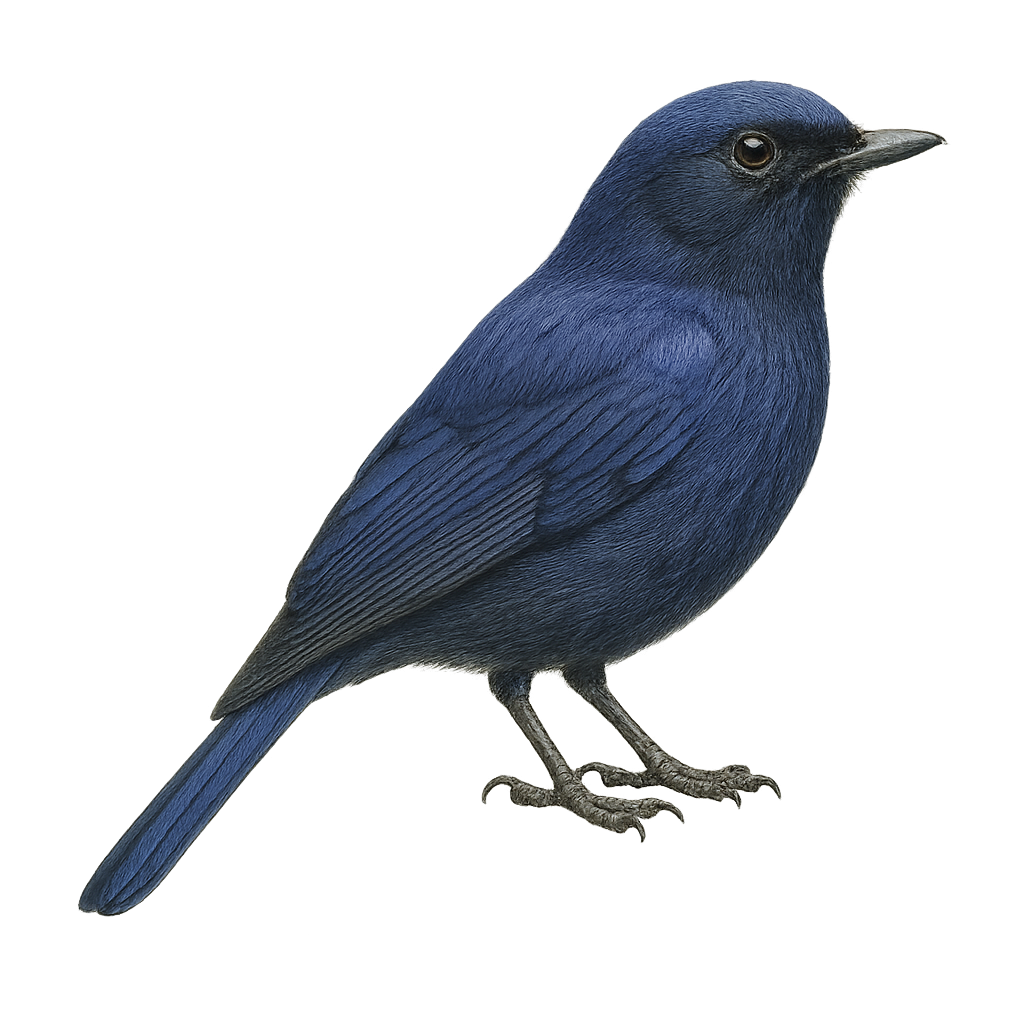Your wildlife photography guide.
Explore the large niltava in detail, study its behavior, prepare your shots.
Where to observe and photograph the large niltava in the wild
Learn where and when to spot the large niltava in the wild, how to identify the species based on distinctive features, and what natural environments it inhabits. The WildlifePhotographer app offers tailored photography tips that reflect the large niltava’s behavior, helping you capture better wildlife images. Explore the full species profile for key information including description, habitat, active periods, and approach techniques.
Large Niltava
Scientific name: Niltava grandis

IUCN Status: Least Concern
Family: MUSCICAPIDAE
Group: Birds
Sensitivity to human approach: Suspicious
Minimum approach distance: 10 m
Courtship display: April to May
Incubation: 14-16 jours
Hatchings: April to June
Habitat:
Humid forests, tropical forests, wooded areas
Activity period :
Primarily active during the day, with peak activity in the morning and late afternoon.
Identification and description:
The Large Niltava is a bird from the Muscicapidae family, known for its vibrant plumage and melodious songs. This bird is primarily found in the humid forests of the Himalayas and Southeast Asia. The male sports bright blue plumage with black accents, while the female has more subdued shades of brown and orange. The Large Niltava is a territorial bird that feeds mainly on insects and small fruits. It is often seen alone or in pairs, moving nimbly among dense branches. Although its habitat is threatened by deforestation, it remains relatively common in protected areas.
Recommended lens:
400 mm – adjust based on distance, desired framing (portrait or habitat), and approach conditions.
Photography tips:
To photograph the Large Niltava, focus on humid forests where it is most active. Use a telephoto lens of at least 400mm to capture detailed images without disturbing the bird. Be patient and discreet, as this bird is suspicious. The best times to observe it are early in the morning or late in the afternoon when it is most active. Pay attention to the play of light through the foliage to achieve artistic shots.
The WildlifePhotographer App is coming soon!
Be the first to explore the best nature spots, track rutting seasons, log your observations, and observe more wildlife.
Already 1 439 wildlife lovers subscribed worldwide

